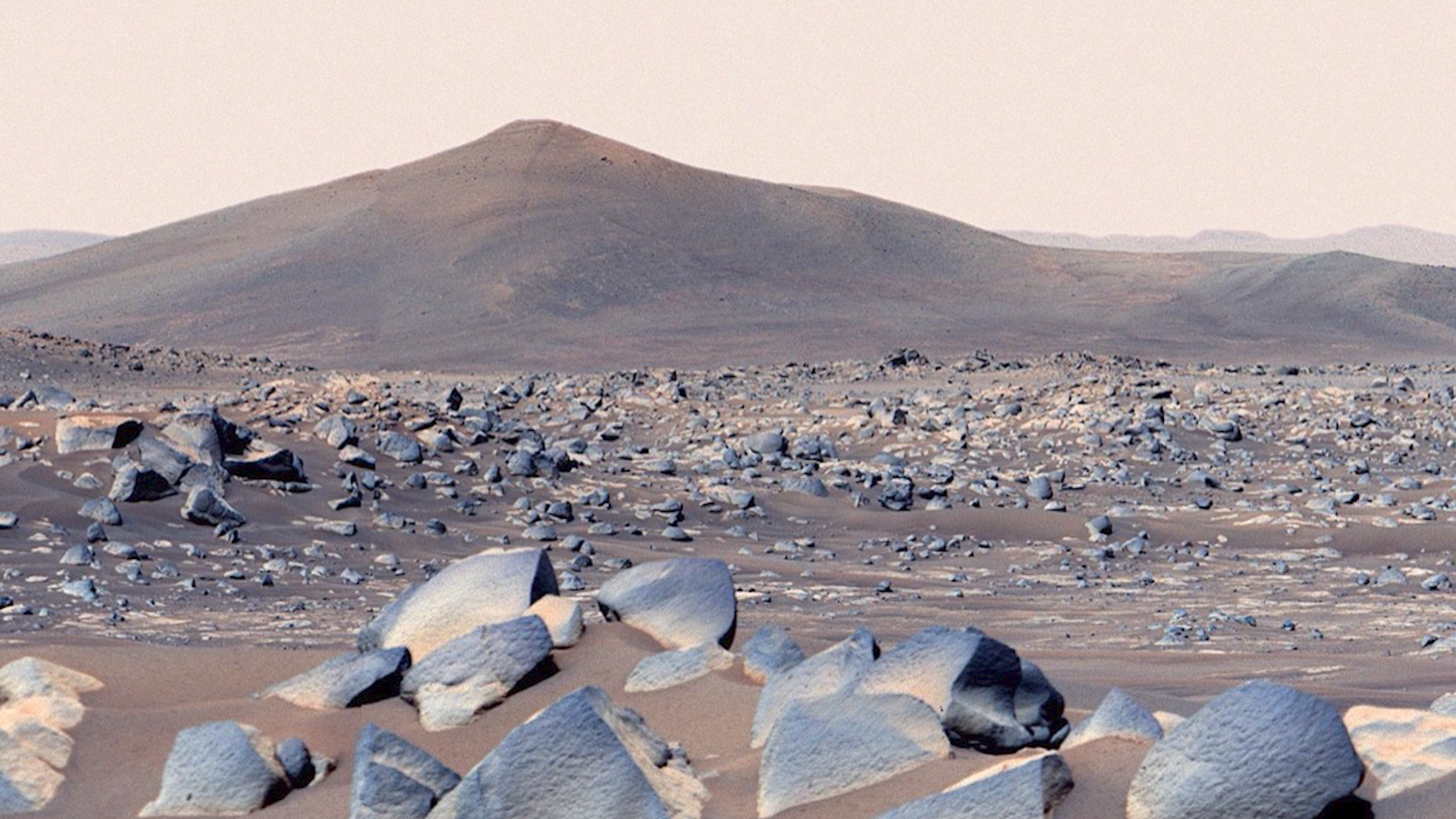
Space: New signs of life on Mars discovered by NASA’s rover
NASA’s Perseverance rover sent to Mars detected new organic compounds in Jezero Crater on Thursday, July 12, indicating a “high potential” for traces of past life.
Hope for extraterrestrial life is growing. On Thursday, a team led by researchers from the California Institute of Technology in the United States published the results of the Perseverance rover sent by NASA to Mars. New organic compounds have been discovered in Jezero Crater, and are believed to show “high potential” for traces of past life.
In reality, The results published in the journal Nature Provide scientists with new evidence to determine whether life exists on the red planet. These organic molecules will contain primarily carbon, hydrogen, oxygen, nitrogen and sulfur, similar to other molecules already discovered in Martian meteorites and in the planet’s Gale Crater.
According to the researchers, the origin of the organic matter can be explained in several ways, in particular by interactions between water and rock, or by deposits of interplanetary dust or meteorites. Biological assets derived from living organisms are not excluded.
They said: “The presence of preserved organic materials on Mars may provide important information about the Martian carbon cycle and the planet’s potential to support life throughout its history.” These potential organic molecules are largely present in minerals related to hydrothermal processes, suggesting that these processes may have played a major role in the synthesis, transport or preservation of organic matter.
All roads lead to Jazero Crater
These findings indicate that a more complex system than previously thought may have existed in the past. Knowing more about this organic material could help experts determine whether there is life on Mars. But this discovery does not immediately indicate the presence of life. And for good reason, these molecules are associated with life and biological processes, but they can also be created by non-biological processes.
As a reminder, in February 2021, Perseverance landed in Jezero Crater, an ancient lake basin site with high potential for habitation in the past. Since then, scientists have been exploring the geological makeup of the crater floor using a series of instruments aboard the rover, which allow them to take pictures and analyze the rocks.
However, to determine whether these compounds are really promising, it is necessary to study them on the ground in the laboratory, recalls Joseph Raziel Hollis, co-author of the article and researcher at the Museum of Natural History in the United States.
“We’re also seeing a variety of different signals across Jezero, which is surprising and exciting, indicating that a variety of organic materials could have been present in Jezero Crater billions of years ago,” he congratulated himself.

“Organizer. Social media geek. General communicator. Bacon scholar. Proud pop culture trailblazer.”
